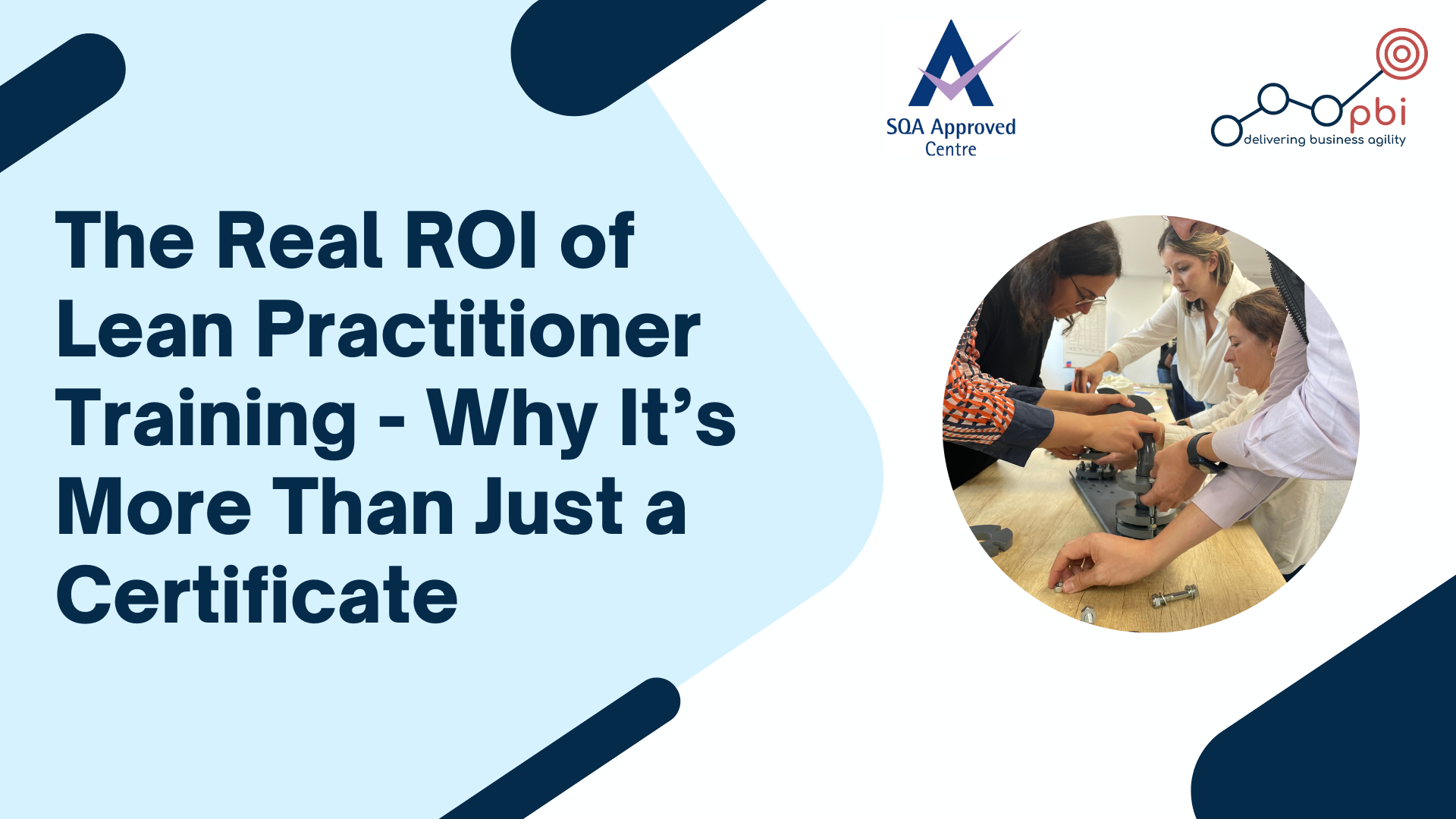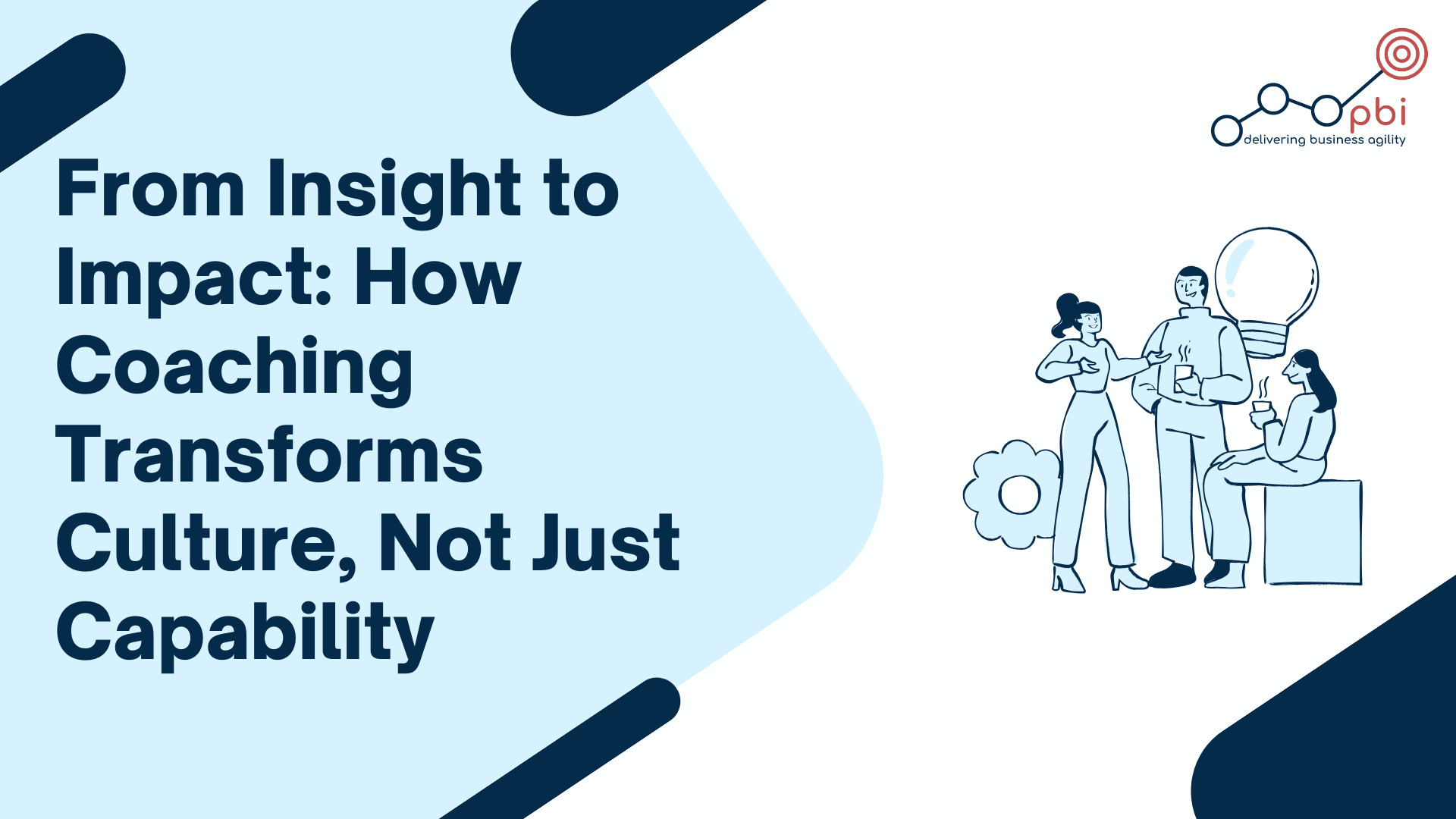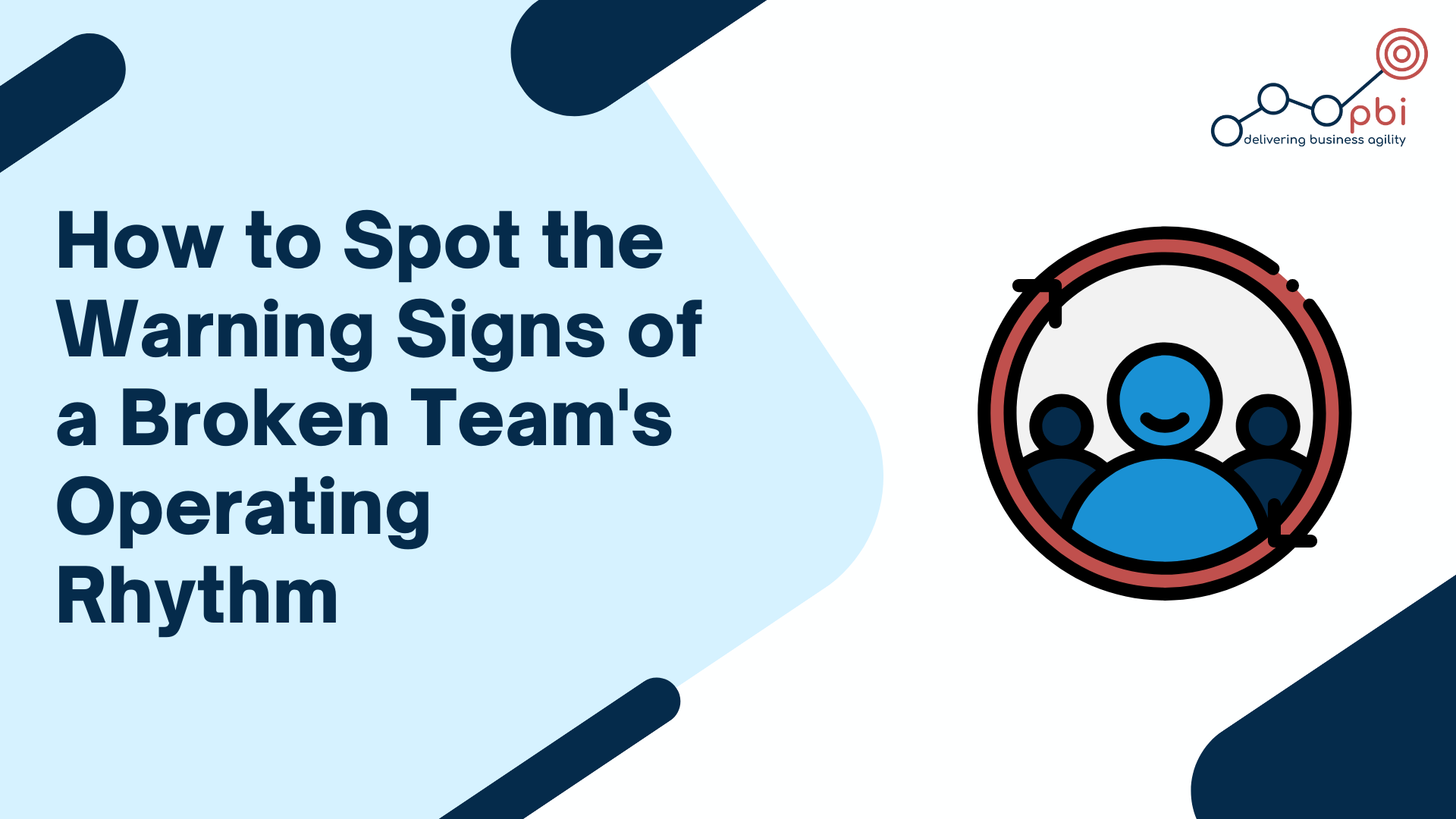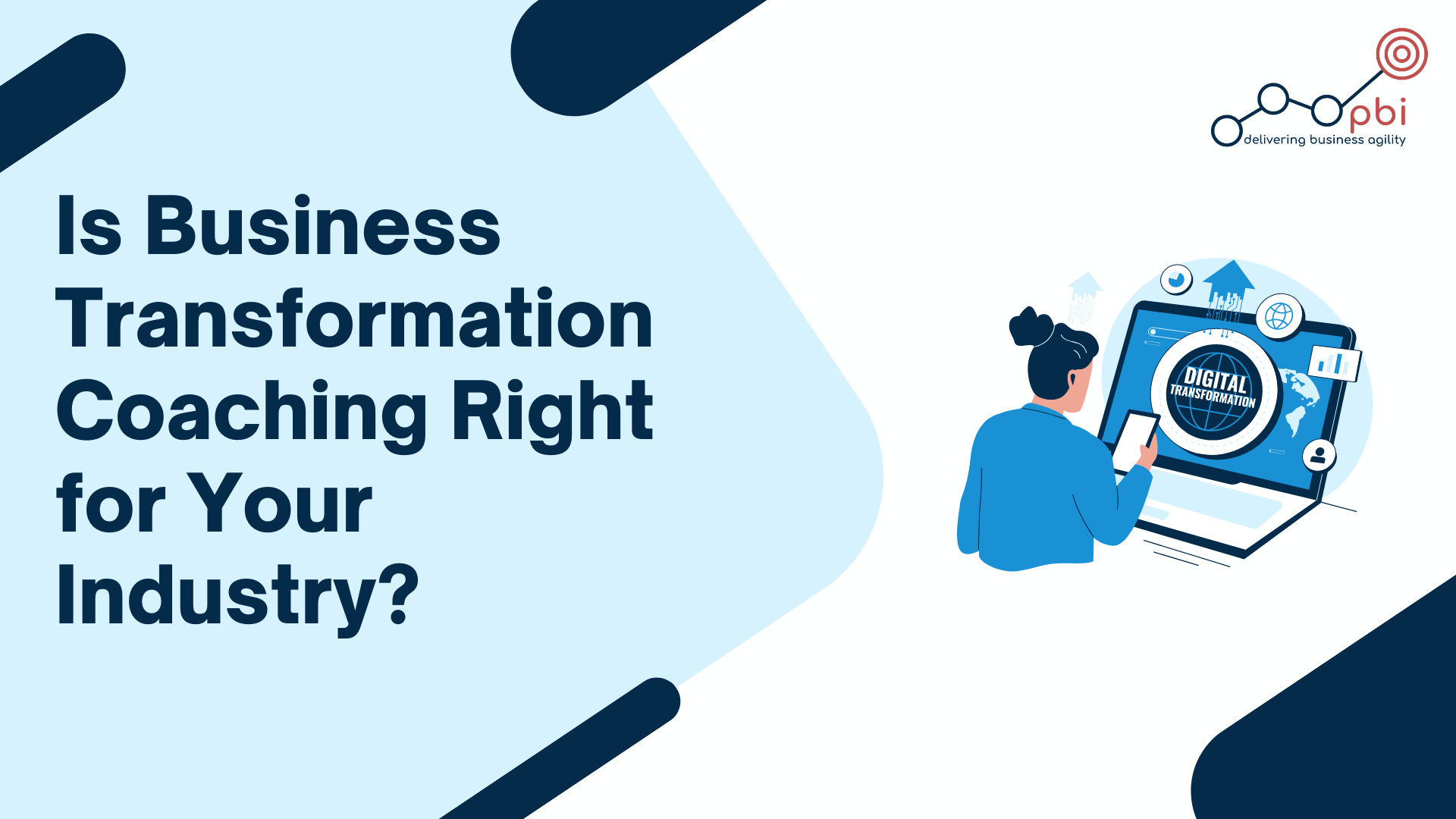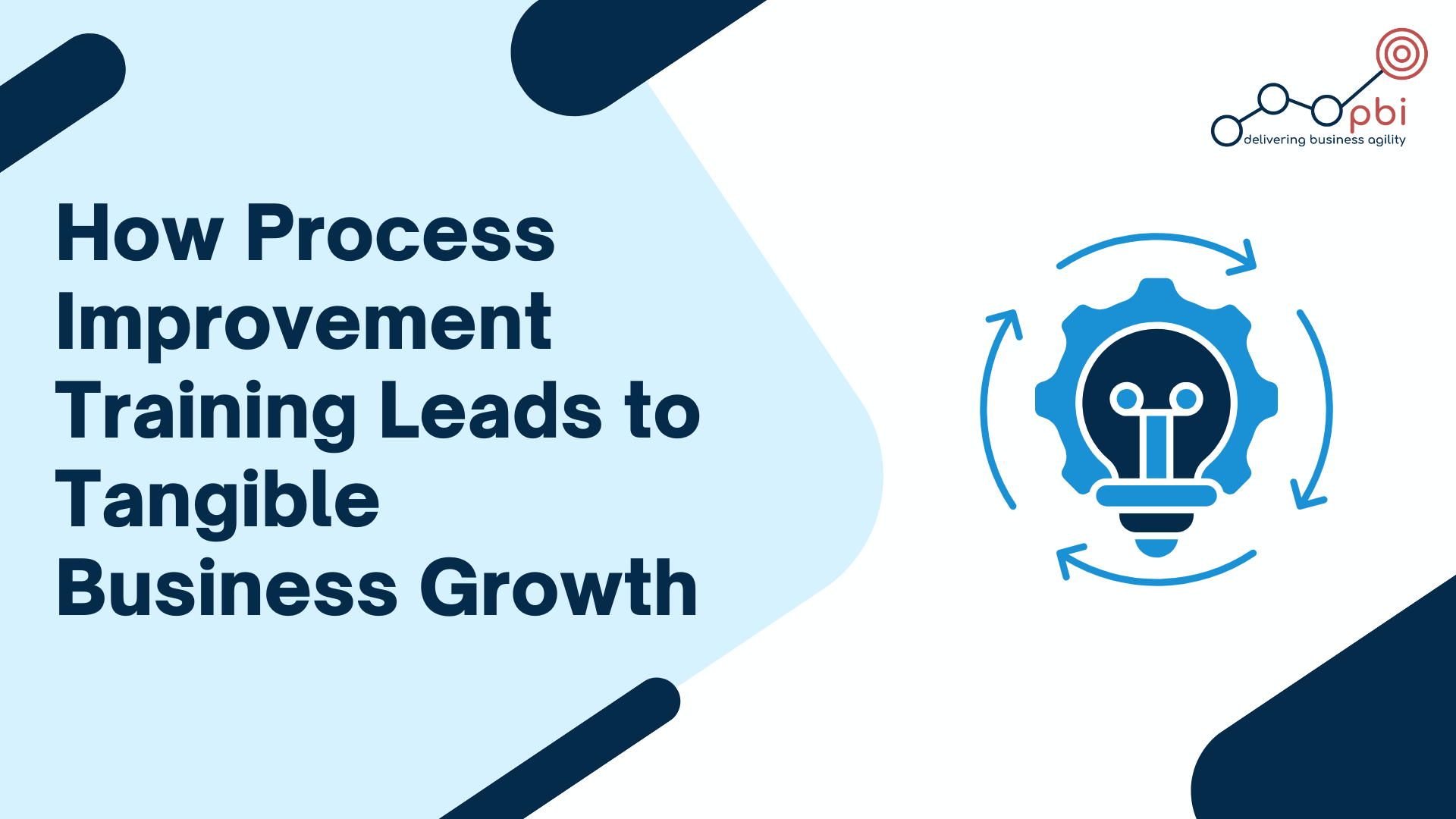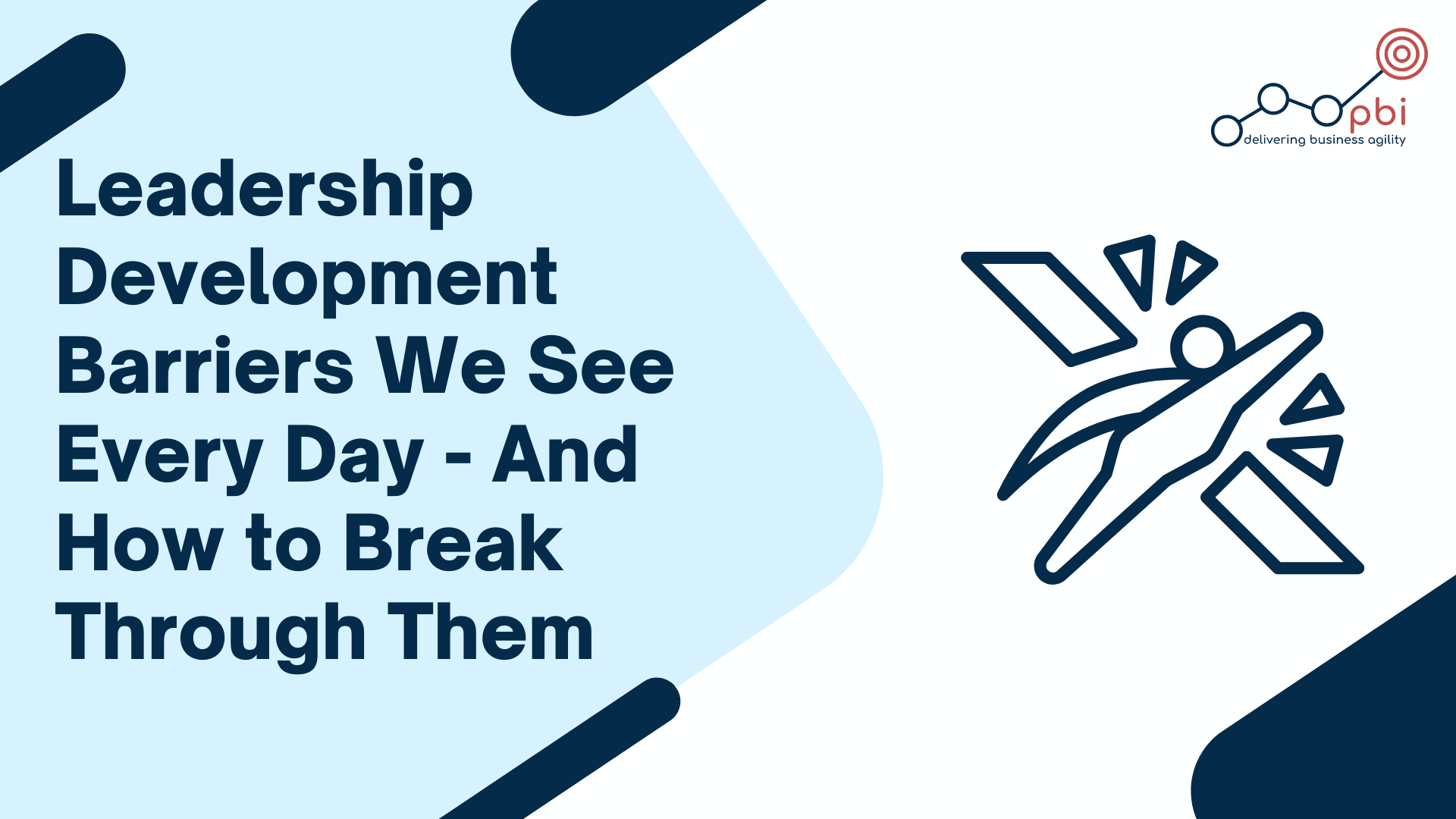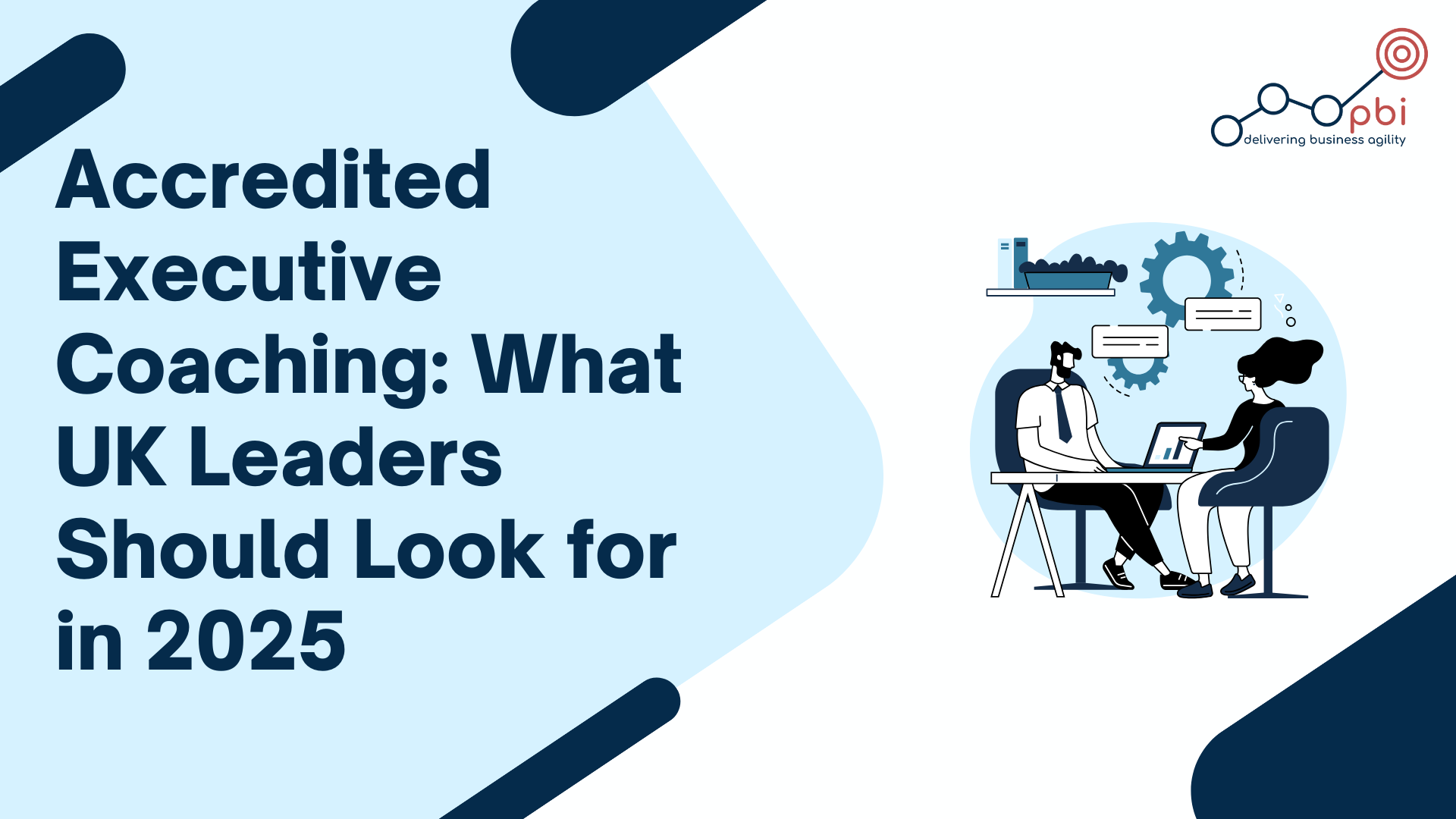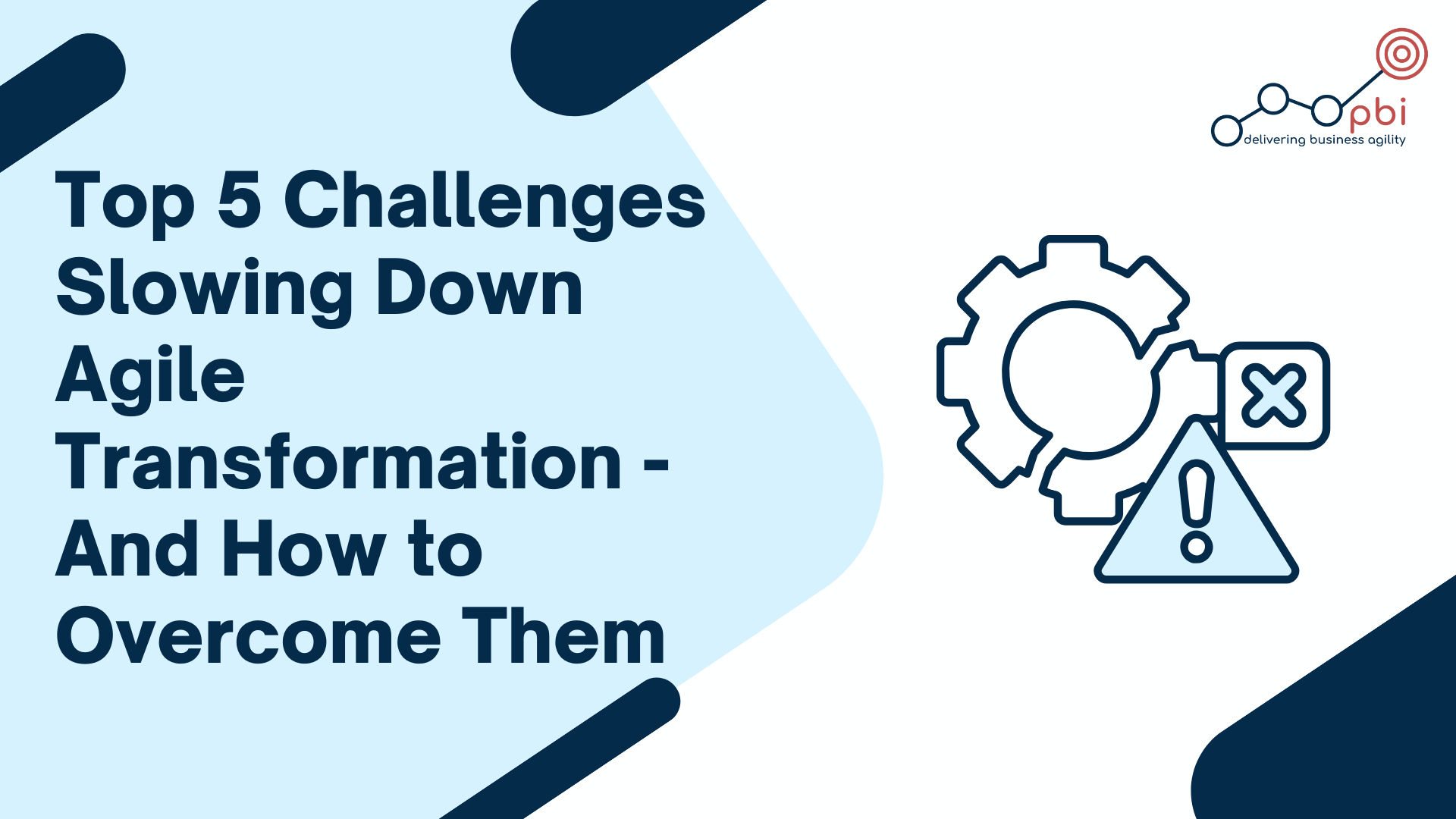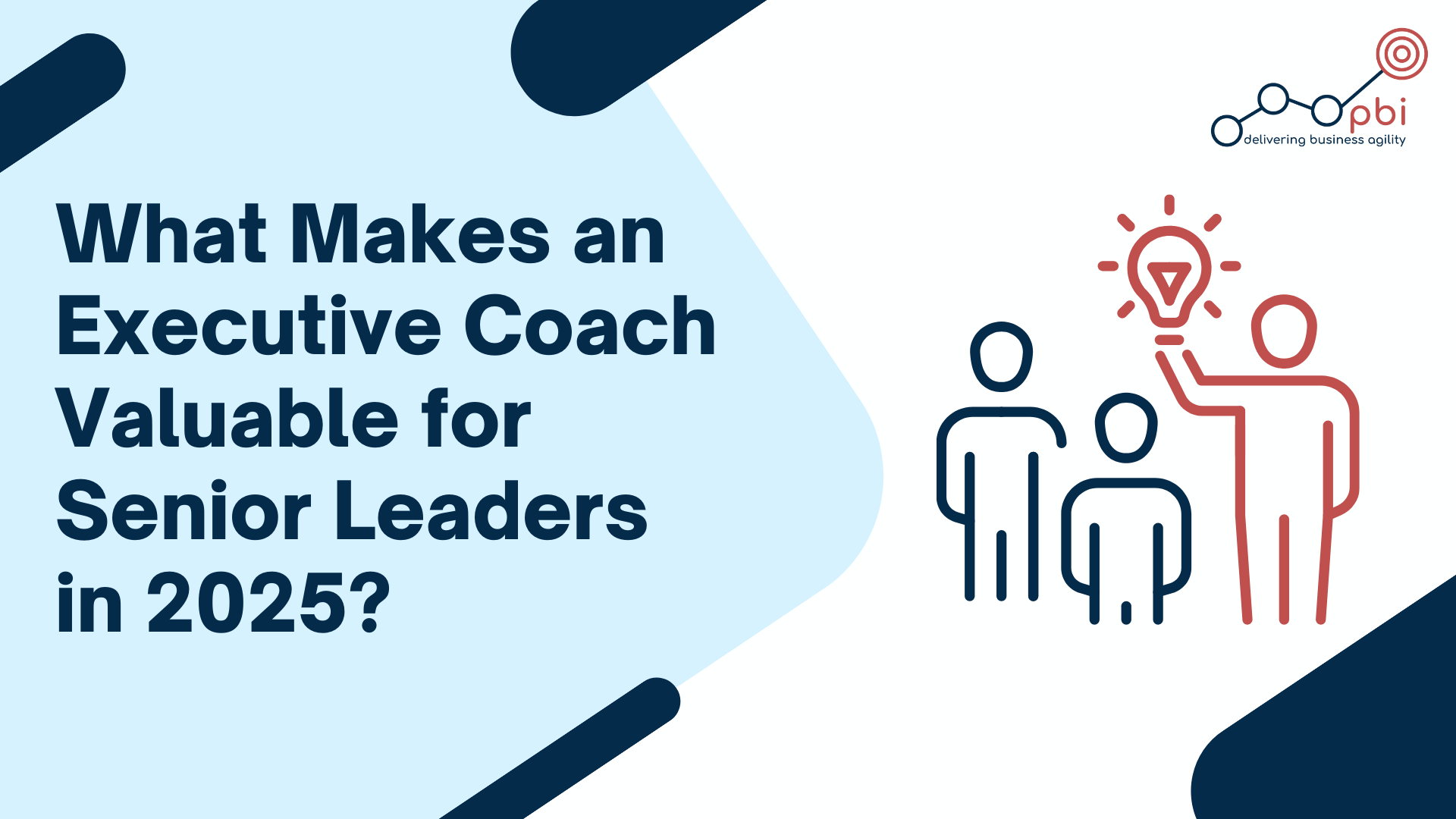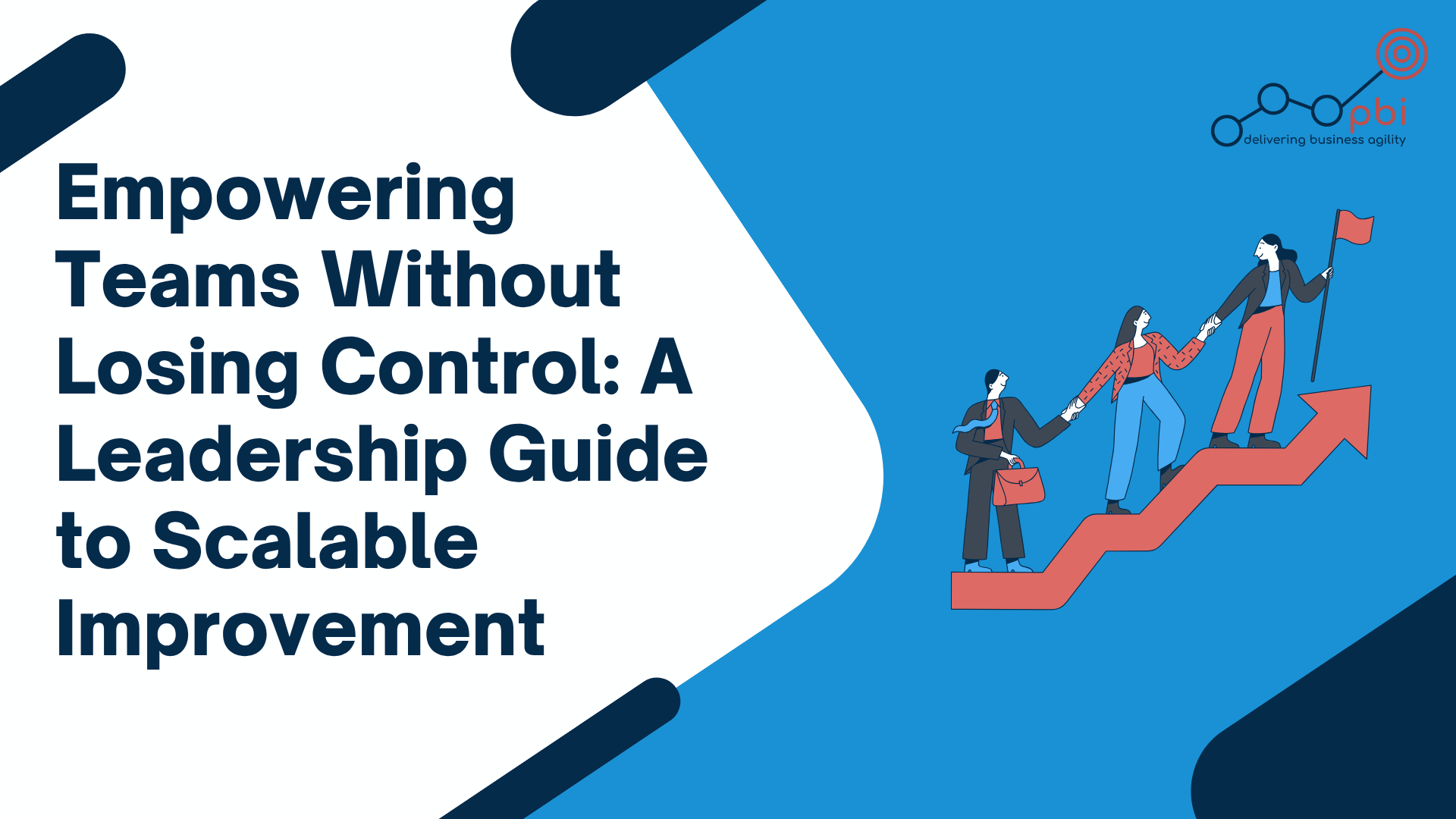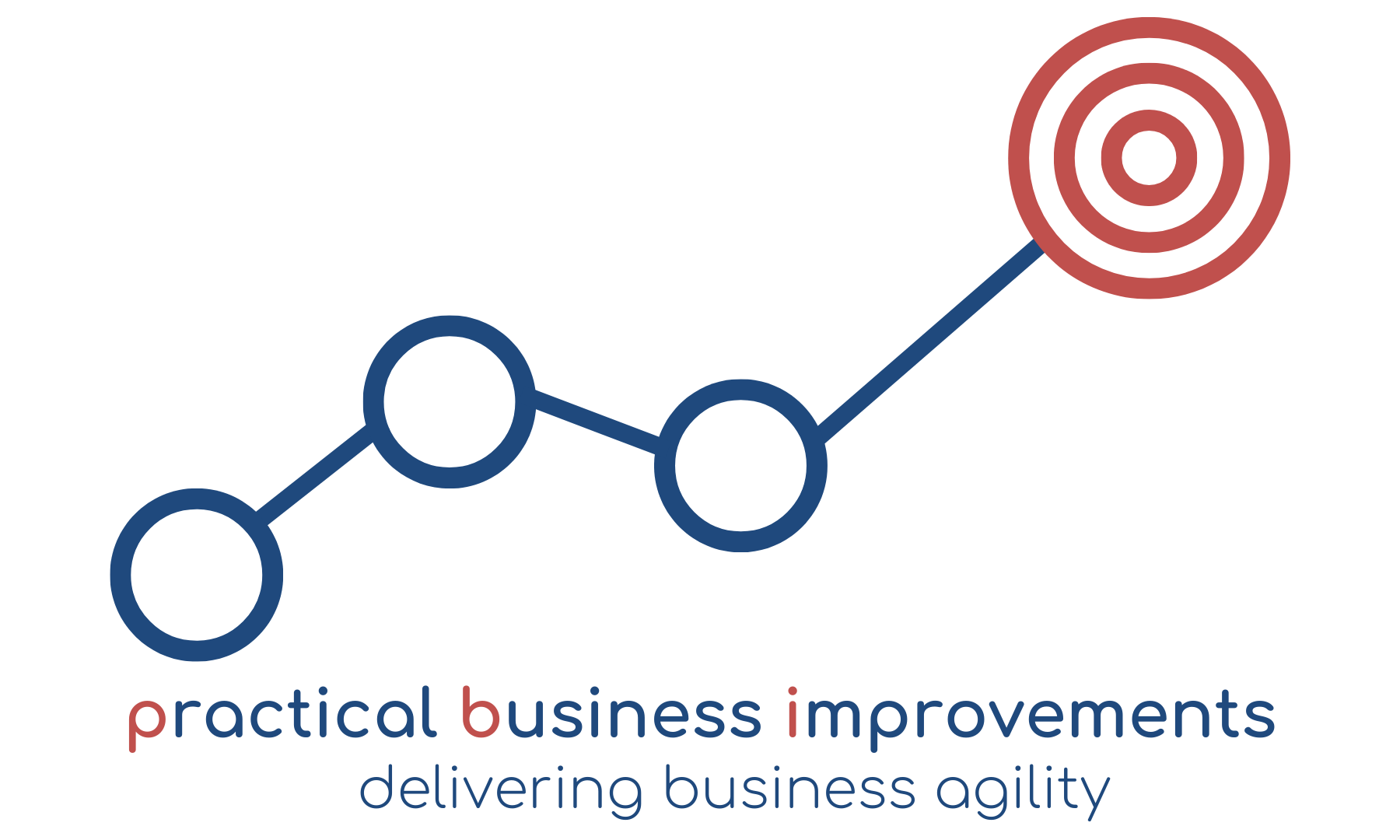What a 12-Month Leadership Development Plan Should Look Like in Today’s Workplace
A 12-month leadership development plan is one of the most effective ways to prepare leaders for the challenges of today’s fast-moving workplace. With shifting market conditions, technological change, and new ways of working, senior leaders and executives need more than ad hoc training – they need a structured, strategic approach that builds capability over time.
At PBI, we design leadership development strategies that deliver measurable results while being flexible enough to adapt to organisational priorities. Here’s what a modern 12-month plan should include.
1. Introduction - Why a 12-Month Leadership Development Plan Matters
In 2025, UK organisations are under increasing pressure to deliver results while navigating complex change. A 12-month leadership development plan ensures that leaders at all levels have a clear roadmap for growth, skills development, and alignment with organisational goals. This structured approach enables leaders to build capability consistently, rather than relying on one-off interventions, and supports executive leadership training that is relevant for today’s demands.
2. Setting the Foundation - Aligning with Organisational Strategy
Before diving into training activities, the plan should be firmly linked to the organisation’s strategic priorities. Using Hoshin Kanri (Policy Deployment) ensures that company-wide objectives are cascaded down to every department and leader.
This process gives leaders clarity on short to medium-term priorities, aligns efforts across teams, and connects leadership development to real business outcomes. In the UK, where organisations are balancing post-pandemic recovery with innovation goals, aligning leadership development with strategy is critical to long-term success.
3. Quarter-by-Quarter Development Focus
Breaking the plan into four quarters helps leaders build skills progressively while staying aligned to departmental KPIs and organisational objectives.
- Quarter 1: Goal setting, leadership assessments, and alignment workshops. Campaign Room sessions set SMART objectives, linked directly to KPIs - just like we did in our Warehousing Programme, where weekly goal alignment removed delivery bottlenecks and improved throughput.
- Quarter 2: Core leadership skills – communication, decision-making, and team alignment.
- Quarter 3: Deep-dive reviews of KPIs and quarterly progress, with adjustments to development focus.
- Quarter 4: Strategic leadership, succession planning, and cross-department collaboration.
Quarterly Campaign Room sessions ensure objectives are visible and progress is tracked, while deep-dives provide the space to resolve challenges and refine strategy.
4. Integrating Coaching and Training
A strong plan combines executive coaching UK programmes with accredited leadership training. At PBI, we deliver SCQF accredited leadership development that blends classroom learning, practical frameworks, and 1-to-1 coaching.
This combination ensures leaders not only learn new skills but can also apply them in their day-to-day roles. Accredited training builds credibility, while coaching supports behavioural change and sustained performance improvement. Read more about how integrating coaching and training together actually works here.
5. Measuring Progress and Adapting
No leadership development plan is complete without clear measurement. Leaders should be evaluated against agreed leadership performance metrics, such as progress towards KPIs, feedback from teams, and delivery of strategic initiatives.
Continuous improvement in leadership is achieved by using Campaign Rooms, quarterly deep-dives, and lessons learned reviews. These allow organisations to adapt the plan based on what is working, ensuring development remains relevant.
Read more about how PBI demonstrated digitising, tracking and automating progress reports converted visibility into saved time.
6. Common Pitfalls to Avoid
Even the best-designed programmes can fail if certain barriers aren’t addressed. Some of the most common leadership development barriers include:
- Lack of clear objectives or poor alignment to strategy.
- Insufficient sponsorship from senior leadership.
- Treating the plan as a one-off exercise instead of an ongoing commitment.
Avoid these mistakes by maintaining strong executive sponsorship, setting clear and measurable goals, and embedding leadership development into the organisational culture.
7. Conclusion - Building a Sustainable Leadership Pipeline
A well-executed 12-month leadership development plan is an investment in the future of your organisation. By aligning with strategy, focusing on measurable outcomes, and combining accredited training with tailored coaching, organisations can build a sustainable leadership pipeline that is ready for the challenges of 2025 and beyond.
For UK organisations committed to developing leaders who can navigate complexity and drive results, this structured approach is the key to success.
